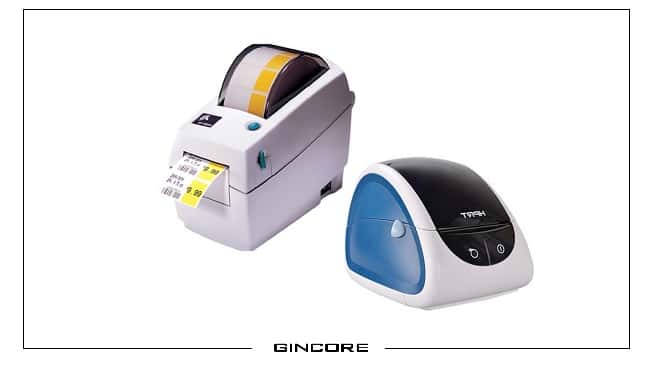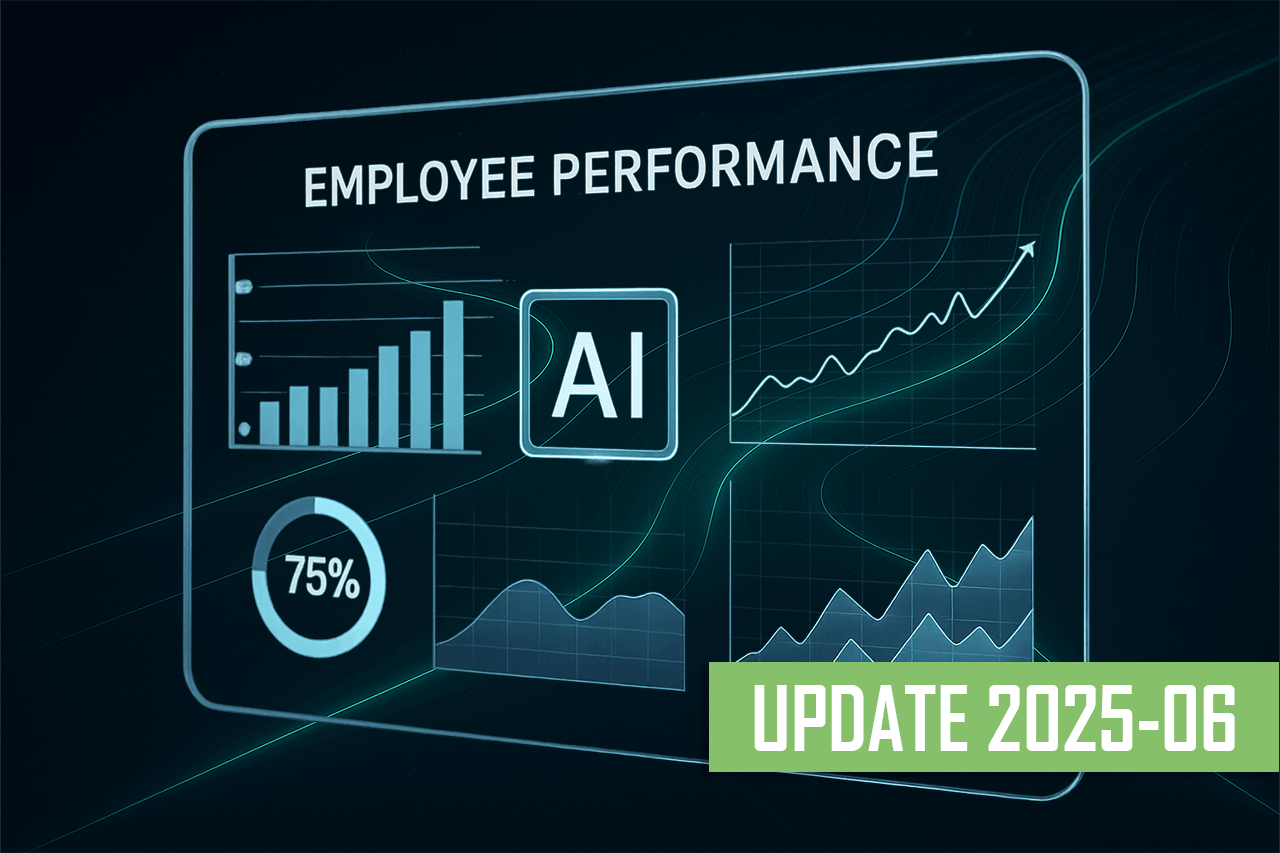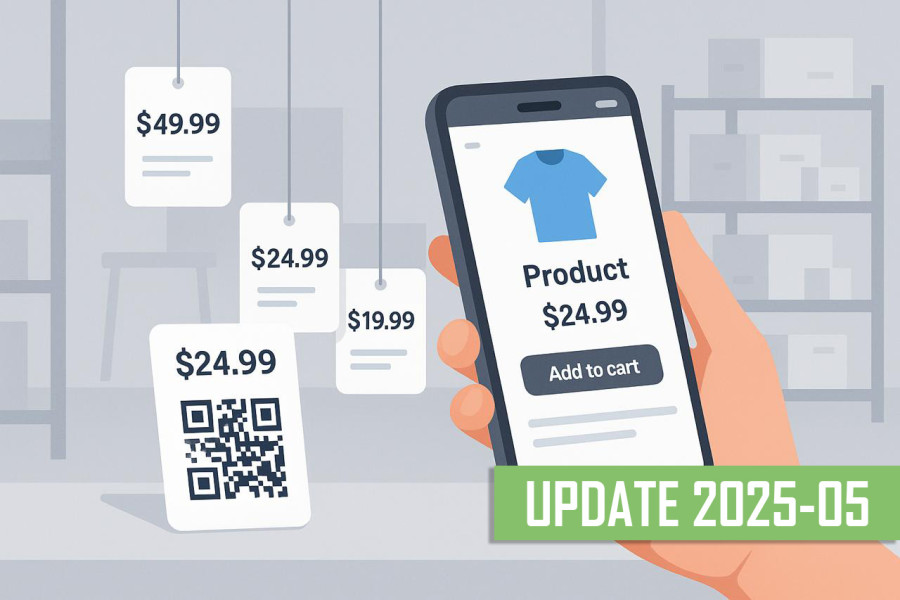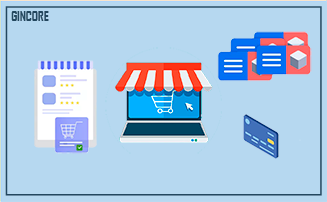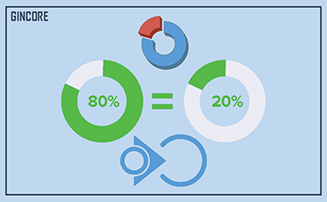In the modern world, where markets are flooded with offerings and competition continues to grow, customer loyalty becomes a decisive factor in the success of a business. Loyal customers are not only a source of steady income but also the foundation for sustainable growth and development of a company. They are inclined to spend more and frequent services or products they trust, and they also serve as unofficial brand ambassadors, spreading positive reviews and recommendations.
Statistics speak for themselves: increasing customer retention by just 5% can lead to a company's profit increase by 25-95%. Furthermore, acquiring a new customer costs on average five times more than retaining an existing one. This underscores the importance of developing and implementing effective loyalty programs that can strengthen customer relationships and encourage their ongoing interaction with the brand.
In this article, we will explore key aspects of creating and managing loyalty programs, discuss various types and methods of their implementation, and examine successful practices and innovative approaches used by leading companies, including Gincore. Our goal is to provide readers with a deep understanding of how to develop and optimize a loyalty program that aligns with the needs of their business and contributes to its long-term success.
Acquiring a new customer can cost 5-25 times more than retaining an existing one.
1. Types of Loyalty Programs: Choosing the Right One for Your Business
Overview of Different Types of Loyalty Programs

Loyalty programs are a powerful tool for strengthening customer relationships and increasing their engagement. Let's explore the main types:
1. Accumulation Programs: These programs allow customers to accumulate points for purchases, which can then be exchanged for discounts, gifts, or other benefits. This is a classic and widely used approach that encourages repeat purchases.
2. Discount Programs: Offer customers discounts on future purchases. Easy to understand and popular among consumers, such programs can be particularly effective in highly competitive segments.
Loyal customers typically spend 67% more than new customers.
3. VIP Offers: Exclusive programs for the most valuable customers, providing special privileges such as special discounts, personalized service, or access to limited items. They create a sense of exclusivity and prestige.
4. Partnership Programs: Based on collaboration with other companies to offer a wide range of benefits. This can include bonus or discount exchanges with partners, expanding opportunities for customers.
5. Event-Based Programs: Focus on providing benefits at specific times, such as customers' birthdays or the anniversary of their first purchase. This helps maintain an emotional connection with customers.
Recommendations for Choosing the Right Type of Program for Companies Providing Repair and Sales of Electronics
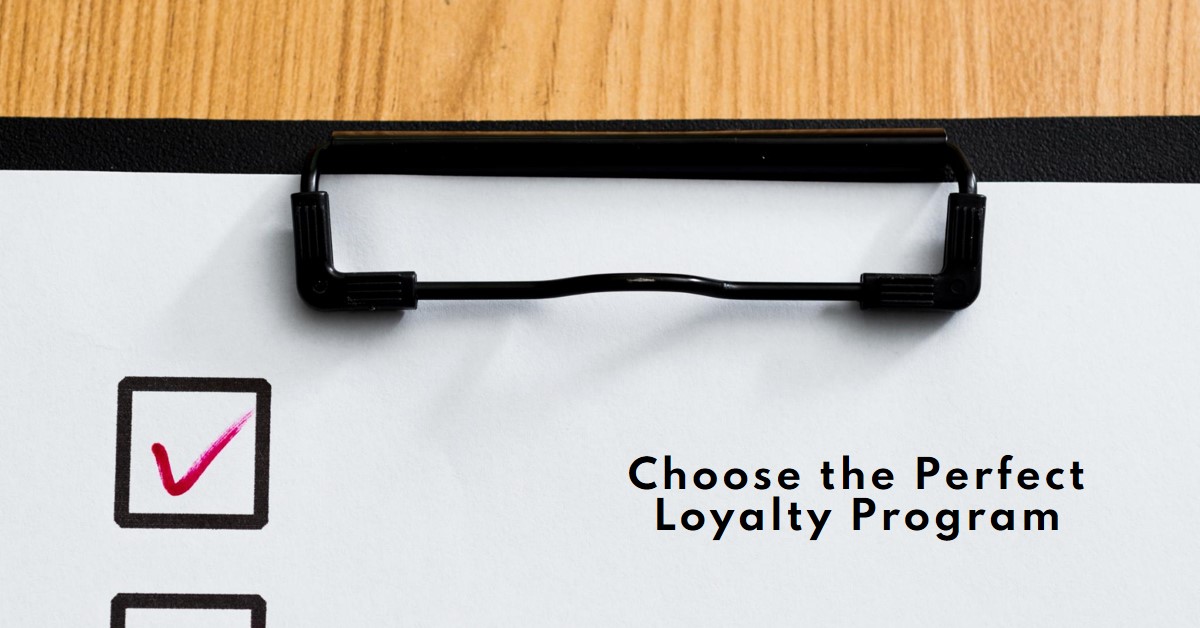
When selecting a loyalty program for companies specializing in the repair of mobile phones, laptops, and the sale of electronics and accessories, it is important to consider the following aspects:
1. Focus on Repeat Service: Given that repair services often require repeat visits, a loyalty program should motivate customers to return. For example, accumulation programs where each repair adds points that can be exchanged for a discount on the next repair or accessory purchase.
2. Discounts on Related Products and Services: Offer discounts on accessories or additional services, such as screen protector installation, when purchasing or repairing devices. This can stimulate additional sales.
3. Exclusive Offers for Repeat Customers: VIP offers for customers who frequently come in for repairs or purchases can include free diagnostic services, special discounts, or access to limited items.
4. Partnership Programs: Collaborating with device manufacturers or accessory suppliers can provide customers with unique discounts or promotions on partner products, strengthening mutually beneficial relationships.
5. Event-Based Programs to Increase Engagement: Utilize special dates like the anniversary of the first purchase or repair to offer personalized discounts or special deals, strengthening the emotional connection with customers.
Satisfied customers are likely to share their positive experiences with an average of 9 other people.
When choosing a loyalty program, companies in the electronics repair and sales industry should strive to create long-term relationships with customers by offering them value not only through discounts but also through quality service and personalized attention. This will help not only retain current customers but also attract new ones through positive reviews and recommendations.
2. Advantages and Disadvantages of Loyalty Systems: What You Need to Know Before Implementation
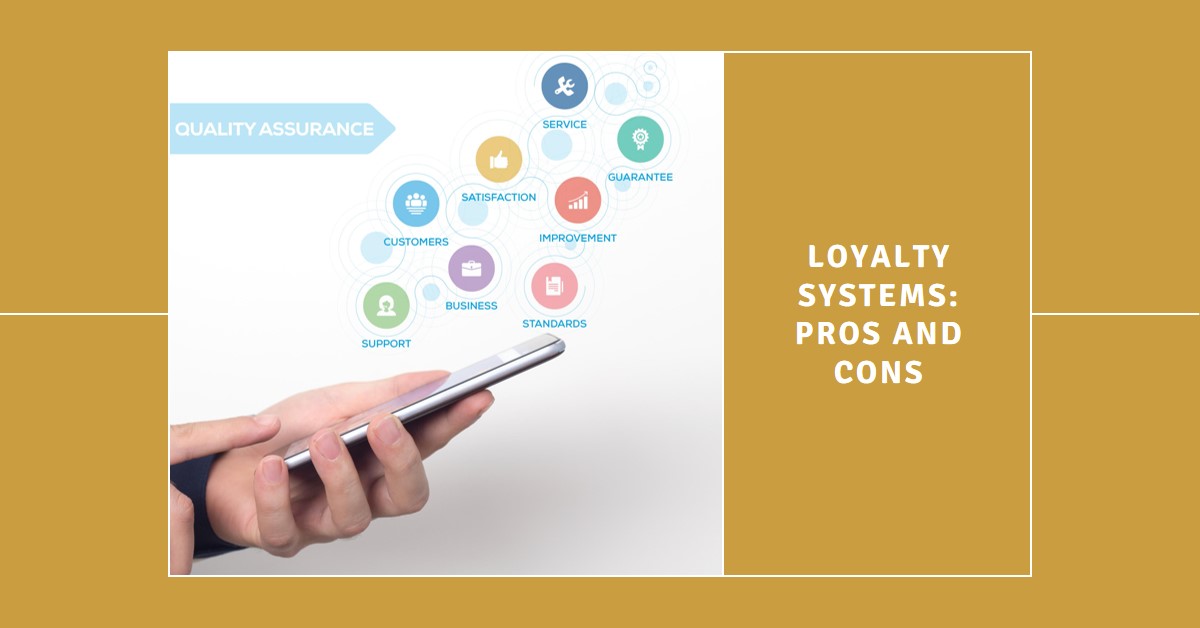
Analysis of Advantages and Disadvantages
Loyalty programs play a crucial role in customer retention strategies and can significantly impact business success. Let's examine their key advantages and disadvantages, especially in the context of businesses related to technology repair and sales.
According to Epsilon, 80% of consumers are more inclined to make purchases from companies that offer a personalized experience.
Advantages:
- Increase in Sales: Repeat purchases are incentivized through point accumulation or receiving discounts. For example, in the case of repair services, offering discounts on future services or accessory purchases can motivate customers to return.
- Enhancement of Brand Reputation: Quality loyalty programs create a positive image for the company, fostering customer satisfaction and trust in the brand.
- Collection of Valuable Customer Data: Loyalty programs allow not only rewarding customers for purchases but also gathering data on their preferences and buying behavior. The integration of chatbots that can notify customers about the status of their requests, status changes, and send personalized company news and reminders is particularly valuable. Customers who subscribe to chatbots receive real-time information about their bonus balance, promotions, and special offers, enhancing their engagement and satisfaction with the services.
Disadvantages:
- Cost and Management Complexity: At first glance, developing and maintaining a loyalty program may seem expensive and complex. However, modern solutions like Gincore simplify this process significantly. Gincore continually improves its functionality, minimizing the time and resources required to manage a loyalty program. This allows even small companies to effectively implement and maintain their loyalty programs without significant expenses.
- Risk of Customers Getting Accustomed to Constant Discounts: If customers become accustomed to constant discounts or bonuses, it can reduce their perception of the value of services without discounts.
- Potential Customer Discontent: Poorly planned or complex loyalty programs can lead to customer disappointment.
Tips for Minimizing Potential Risks
To minimize these risks and amplify the benefits, the following is recommended:
1. Simplicity and Transparency: The program should be easy for customers to understand. Clearly define the terms and benefits, avoiding complex rules and restrictions.
2. Balanced Offers: Determine the optimal balance between stimulating purchases and maintaining profitability. For instance, offer discounts or bonuses that do not significantly reduce product and service margins.
3. Personalization: Use collected data to create personalized offers, increasing their attractiveness and effectiveness.
4. Analysis and Adjustment: Regularly analyze the effectiveness of the program and make adjustments based on collected data and customer feedback.
5. Integration with Business Processes: It's essential for the loyalty program to seamlessly fit into the overall company's business strategy and interact with other aspects, such as marketing, sales, customer service, and inventory management. For example, using the Gincore CRM system with integrated loyalty program allows you to automate loyalty points tracking, manage personalized offers, and analyze customer behavior. This provides more efficient and targeted interactions with customers, increasing their loyalty and satisfaction with the company's services.
Following these recommendations will help create an effective loyalty program that benefits both your business and your customers.
More than 50% of loyal customers are willing to share their feedback about a product or service with the company.
3. Integrating a Loyalty System with Existing Business Processes: Practical Tips
Ways to Integrate the Program into the Business Structure
Integrating a loyalty system with business processes requires a thoughtful approach to ensure that the program is not only effective but also harmoniously fits into the overall structure and culture of the company.
1. Identifying Key Customer Interaction Points: The first step to successful integration is identifying key customer touchpoints where elements of the loyalty program can be applied. These can include moments of purchase, interactions with the service center, visits to the website, or engagement through social media.
2. Aligning the Loyalty Program with Company Values: It's essential for the loyalty program to reflect and support the core values and mission of your business. This will strengthen the brand and improve customer perception of the program.
3. Staff Training: Staff should be fully informed about all aspects of the loyalty program so that they can effectively communicate its benefits and terms to customers and apply the program correctly in their daily work.
Around 3 out of 5 global consumers have ended their relationship with a brand due to poor customer service, according to Microsoft.
Examples of Using Technology for Automation
Technology plays a crucial role in integrating and optimizing loyalty systems. Here are examples of how technology can help:
1. CRM Systems: Integrating the loyalty program with a CRM system allows for the automatic tracking of customer purchases, their preferences, and interaction history, enabling a more personalized approach to each customer.
2. Analytics Tools: Using analytical tools to track the effectiveness of the loyalty program helps identify customer behavior trends, optimize offers, and improve the overall program's efficiency.
3. Marketing Automation: Automated marketing tools can be used to create and send personalized offers and messages based on customer behavior and preferences.
★ How Gincore Helps Automate and Optimize Loyalty Programs
Gincore offers a range of solutions that facilitate the integration and management of loyalty programs:
1. Integration with Point of Sale: Gincore provides easy integration of the loyalty program with various points of sale, including online and offline channels, allowing for the automatic accumulation and tracking of customer loyalty points.
2. Customer Database Management: The Gincore system enables centralized management of the customer database, including purchase history, preferences, and loyalty program status, facilitating the personalization of offers and improving the quality of service.
3. Analytics and Reporting: Gincore provides powerful analytical tools for tracking the effectiveness of loyalty programs, helping to identify the most successful promotions and adjust the strategy based on the data collected.
Integrating a loyalty system with existing business processes through solutions like those offered by Gincore allows for the creation of a flexible and effective program that can enhance customer relationships and increase loyalty.
4. Measuring the Effectiveness of a Loyalty Program: Key Metrics and Analytics
Methods for Measuring Program Success
Measuring the effectiveness of a loyalty program is a crucial aspect of its management and optimization. To assess the success of the program, the following tools and methods can be used:
1. Analytical Platforms: Modern CRM systems and specialized analytical tools allow you to collect and analyze data on customer behavior and their response to the loyalty program. These tools provide deep insights and help determine which aspects of the program are working most effectively.
2. Customer Surveys: Regular surveys and feedback from customers can provide valuable information on how they perceive the loyalty program and which elements need improvement.
3. Data Segmentation: Segmenting data into different customer groups (e.g., by age, gender, geography) can help understand how different groups react to various aspects of the program.
4. Testing and Comparative Analysis: Using A/B testing methods to compare different elements of the loyalty program can provide insights into which changes are most effective.
Key Performance Indicators (KPIs)
To assess how well a loyalty program is working, you should pay attention to the following key performance indicators:
Forrester research indicates that companies with robust digital capabilities in their loyalty programs experience higher customer satisfaction.
1. Repeat Purchase Frequency: This KPI indicates how often customers participating in the loyalty program return for repeat purchases. An increase in this metric suggests that the program effectively motivates customers to make repeat transactions.
2. Average Order Value: Measures the average amount spent by customers in a single transaction. An increase in the average order value among loyalty program participants may indicate successful upselling.
3. Customer Satisfaction Level: Evaluates how satisfied customers are with their participation in the loyalty program. This metric is often measured through surveys and feedback.
4. Customer Retention: The percentage of customers who continue to participate in the loyalty program over a specified period. High retention rates indicate that the loyalty program effectively retains customers.
5. Return on Investment (ROI): This metric helps understand how the investments in the loyalty program are paying off through increased sales, repeat purchases, and customer retention.
These KPIs and analysis methods will allow you to assess the effectiveness of your loyalty program and make necessary adjustments to improve it, increase customer satisfaction, and grow your business's profits.
5. Approaches to Personalizing a Loyalty Program: Creating a Unique Customer Experience
Personalization in a loyalty program not only enhances customer interaction but also transforms their experience into something unique and memorable. Here are several key strategies for creating an individualized approach:
1. Dynamic Offers: Create a system that automatically adapts offers based on customer behavior. For example, if a customer frequently purchases a specific category of products, automatically generate discounts on those items or offer exclusive bonuses.
2. Targeted Notifications: Use data on customers' past purchases to send personalized notifications about new products, special promotions, or events that may interest them.
3. Behavior-Based Recommendations: Analyze customers' shopping behavior to recommend specific products or services. For instance, if a customer regularly visits the mobile phone accessories section, offer them a special discount on those items.
4. Individual Discounts and Bonuses: Develop a discount and bonus system that takes into account each customer's individual preferences and purchase history.
5. Collecting Feedback: Regularly solicit feedback from customers about their preferences and satisfaction, using this information to further personalize offers.
Implementing these strategies will not only increase customer satisfaction but also significantly strengthen their loyalty to your brand by creating a unique and personalized experience at every stage of interaction.
6. The Use of Technology in Loyalty Programs: Automation and Innovation
The Role of Technology in Loyalty Program Management
Technology plays a crucial role in enhancing the management of loyalty programs. It not only streamlines the management process but also enhances program efficiency through automation, personalization, and analytics. Here's how technology can improve a loyalty program:
1. Process Automation: Modern technological solutions enable the automation of various aspects of loyalty programs, such as point accrual, promotion and discount management, and sending personalized messages to customers.
2. Personalized Customer Interaction: Using machine learning algorithms and artificial intelligence allows for the analysis of customer behavior and the provision of the most suitable offers and bonuses.
3. Analytics and Monitoring: Technology enables the collection and analysis of large volumes of data on customer behavior and preferences. This helps in evaluating the program's effectiveness and making necessary adjustments.
4. Integration with Other Systems: Technology simplifies the integration of loyalty programs with other systems, such as CRM, ERP, or marketing platforms, ensuring a more holistic and coordinated approach.
Examples of Innovative Solutions by Gincore
Gincore actively incorporates innovative solutions into its loyalty programs, demonstrating how technology can enhance customer interactions:
More than 57% of consumers prefer using mobile apps to participate in loyalty programs.
1. Integrated CRM Systems: Gincore uses advanced CRM systems to manage customer databases, providing personalized customer interactions and efficient management of loyalty programs.
2. Mobile Applications: Gincore develops mobile apps for customers, making access to loyalty programs more convenient and engaging for customers.
3. Automated Customer Communication: The implementation of chatbots and automated communication systems ensures timely and effective communication with customers, including notifications of new promotions and bonus statuses.
4. Intelligent Data Analysis: Applying machine learning algorithms to analyze customer behavior and create personalized offers and promotions based on this analysis.
These innovative approaches implemented by Gincore not only improve the customer experience but also enhance the effectiveness of loyalty programs, making them more appealing and convenient for customers.
7. Legal Aspects and Compliance: What to Consider
Overview of Legal Considerations and Requirements
When developing and implementing loyalty programs, it is important to take into account various legal aspects to ensure compliance with the law:
1. Data Protection and Privacy: Compliance with laws regarding the protection of personal data is crucial. Loyalty programs often involve the collection and processing of customers' personal information, so it's essential to ensure that these processes comply with the laws of your country, such as GDPR in the European Union or CCPA in California, USA.
2. Terms and Conditions of the Loyalty Program: Clearly and accurately state the terms of participation in the program, rules for earning and using rewards, program expiration dates, and conditions for program changes or termination.
3. Advertising and Marketing Laws: Ensure that marketing materials and loyalty program advertisements comply with advertising laws and do not contain misleading information.
4. Competition and Antitrust Laws: Some aspects of loyalty programs may be assessed as violations of competition rules, especially if they create unfair conditions for competitors or limit consumer choice.
Compliance Tips
1. Consult with Legal Experts: Before launching a loyalty program, consult with legal experts who specialize in these legal aspects. This will help you avoid potential legal issues in the future.
2. Transparency and Honesty: Be honest and transparent about how customer data is collected, used, and protected, as well as all program participation conditions.
3. Regularly Update Privacy Policies and Terms: Continuously review and update your policies and terms to align with changes in legislation and best practices.
4. Adapt to Local Legislation: If your business operates in different countries, make sure your program complies with the legislation of each country.
5. Employee Training: It's essential that employees involved in the loyalty program are well-informed about its legal aspects and related procedures.
Following these recommendations will help ensure that your loyalty program is not only effective and attractive to customers but also fully compliant with applicable laws.
8. Examples of Successful Loyalty Programs: Case Studies
Studying successful loyalty programs can provide valuable lessons and strategies that can be adapted in other businesses. Let's take a look at a couple of case studies:
Case 1: Starbucks
Description: Starbucks Rewards program allows customers to earn stars for each purchase, which can then be redeemed for free drinks and food items.
Key Success Factors:
- Mobile App: A convenient mobile app enables customers to easily track their stars and redeem rewards.
- Personalization: Offers and recommendations based on customer preferences and purchase history.
- Exclusive Access: Program members get access to special promotions and offers.
Case 2: Sephora Beauty Insider
Description: Sephora's Beauty Insider program allows customers to earn points for purchases, which can be redeemed for products or used to gain access to exclusive events.
Key Success Factors:
- Flexibility in Points Usage: Customers can use points to obtain products or gain access to unique events.
- Three Membership Tiers: Different program tiers offer unique benefits, encouraging customers to spend more to achieve higher status.
- Personalized Product Recommendations: Using purchase history, Sephora provides personalized product recommendations.
Lessons and Strategies for Adaptation
1. Utilize Mobile Technology: Mobile apps significantly enhance convenience and customer engagement.
2. Personalize Offers: Offers based on customer behavior and preferences enhance their experience and drive repeat purchases.
3. Multi-tiered Programs: Developing programs with multiple membership levels encourages customers to spend more and increases their loyalty.
4. Flexibility in Rewards: Offering various ways to redeem accumulated points or bonuses increases the attractiveness of the program.
5. Exclusivity: Providing exclusive promotions and access to special events can significantly enhance the program's value to customers.
Studying these case studies demonstrates that combining technological innovations with personalization and exclusivity can make a loyalty program particularly attractive and effective.
9. Customer Retention and Engagement Strategies
Customer retention and increasing their engagement are key aspects of a successful business. Acquiring a new customer is often more expensive for a company than retaining an existing one. Here are several strategies and methods that can help with this:
Methods for Customer Retention and Engagement
1. Personalized Offers: Use customer purchase and preference data to create personalized offers that cater to their interests and needs.
2. Loyalty Programs: Develop multi-tiered loyalty programs that encourage repeat purchases and increase customer engagement.
3. Regular Communication with Customers: Maintain a connection with customers through regular newsletters, social media updates, and personalized notifications.
4. Quality Service and Support: Provide a high level of customer service at all stages of interaction with your company.
5. Feedback Utilization: Actively collect and analyze customer feedback to improve products and services.
6. Exclusive Content and Offers: Create special offers or content that is only accessible to loyal customers.
7. Event Marketing: Organize events or promotions related to important events or holidays.
The Role of Communication and Service
Quality communication and service play an important role in customer retention and increasing their loyalty. Here are several aspects to pay attention to:
1. Consistent Communication: Regularly inform customers about company news, special offers, and useful tips to maintain their interest in the brand.
2. Quality Customer Support: Quick and effective resolution of customer issues enhances their satisfaction and trust in the brand.
3. Personalized Communication: Address customers by name and offer solutions tailored to their individual needs and preferences.
4. Feedback: Actively involve customers in the process of improving products and services through surveys and feedback.
5. Transparency and Honesty: Open and honest communication with customers about any changes in products, services, or company policies.
According to Yotpo research, 37% of customers believe that loyalty means making purchases from a company for more than five years.
Implementing these strategies will not only help retain existing customers but also turn them into loyal advocates for your brand.
10. Innovation and Continuous Development: Don't Stand Still
The Importance of Continuous Improvement and Innovation
In the modern dynamic business world, constant updates and improvements to loyalty programs are not just important but necessary to maintain customer interest and satisfaction. Here's why it's crucial:
1. Adapting to Changing Market Demands: Consumer preferences and behavior are constantly changing, and loyalty programs must adapt to these changes.
2. Utilizing New Technologies: Technological advancements offer new opportunities for improving customer interactions and program efficiency.
3. Standing Out Against Competitors: An innovative approach to loyalty programs can be your competitive advantage.
4. Increasing ROI: Enhancing a loyalty program can increase customer engagement and, consequently, their spending.
Examples of How Gincore Continuously Updates and Enhances Its Functionality
Gincore is an example of a company that actively incorporates innovations into its loyalty programs:
1. Process Automation: Gincore continuously works on improving process automation within its loyalty programs, making management easier for businesses and enhancing the user experience for customers.
2. Integration with New Platforms: Regular updates to integrations with new social platforms and payment systems increase accessibility and convenience for program users.
3. Development of Mobile Solutions: Gincore actively improves its mobile applications, allowing customers to interact more conveniently with the loyalty program.
4. Personalization and Machine Learning: The application of machine learning algorithms for analyzing customer behavior and preferences enables the creation of more personalized offers.
5. Environmental Initiatives: The integration of environmental initiatives into the loyalty program aligns with modern sustainability trends and social responsibility.
These efforts in continuous updating and improvement of loyalty programs allow Gincore to stay at the forefront of innovation, offering customers up-to-date, efficient, and attractive solutions.
Conclusion and Recommendations for Future Loyalty Program Development
In this article, we have discussed key strategies and methods necessary for creating and managing a successful loyalty program. From personalization and integration to the importance of continuous innovative development—each of these aspects plays an important role in strengthening customer relationships and contributing to business growth.
One of the important takeaways is that loyalty programs should be flexible and adaptable to changing market conditions and needs. In this context, Gincore serves as an outstanding example of a platform that not only offers a wide range of features for managing companies and automating businesses but also includes built-in loyalty program features. This means that any business can register with Gincore, set up a loyalty program, and start using it today.
Gincore continuously evolves, regularly updating and improving its functionality to meet current and future business needs. This underscores the importance of choosing platforms that can adapt to changes in the business environment and offer relevant innovative solutions.
In conclusion, we recommend applying the presented strategies and approaches to develop your loyalty programs, continually adapting to new challenges and opportunities to ensure the long-term success and prosperity of your business.

.png)





